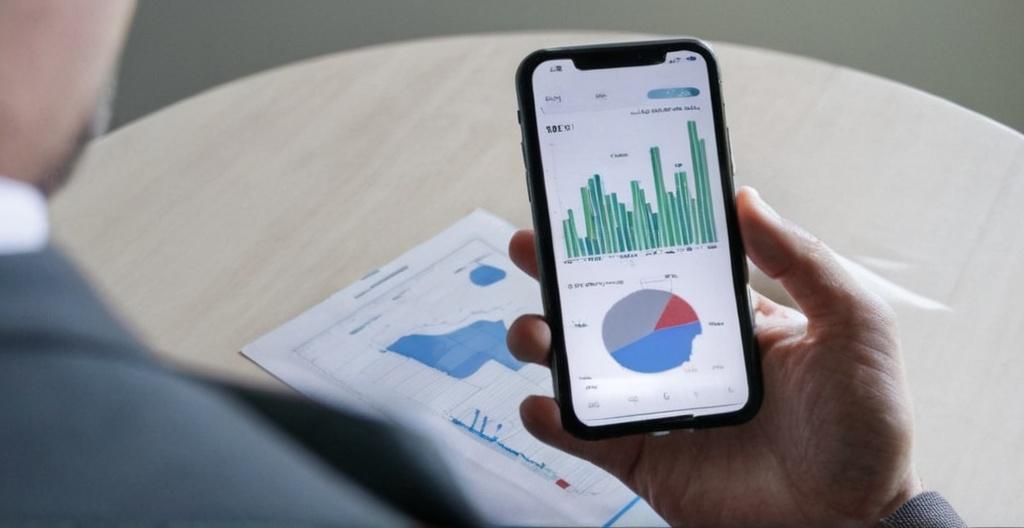Key Take Aways About Volume Chart
- Volume charts track traded shares or contracts over time, revealing market activity intensity.
- High volume suggests strong interest and validates price movements; low volume might indicate unsustainable trends.
- Volume is crucial in technical analysis, aiding decisions with indicators like On Balance Volume and Volume Moving Average.
- Increased volume during breakouts signifies genuine interest, while low volume suggests potential reversals.
- Ignoring volume can lead to risky decisions; it’s a vital tool for validating price trends across all trading strategies.

Understanding Volume Charts
Volume charts are often the unsung heroes of the trading world, giving insights that price charts alone can’t offer. These charts record the number of shares or contracts exchanged in a security over a specific time period. Think of them as the pulse check of market activity, showing traders the intensity behind price movements.
The Basics of Volume Charts
So, what’s the fuss about volume? It essentially measures how much of a financial asset is traded over a period. If you’ve ever watched one of those chaotic trading floor scenes in movies, that frenzy is the live-action version of what volume charts are capturing. High volume means more eyes and hands in the game, whereas low volume might suggest everyone’s gone for coffee.
Why Volume Matters
Volume is kinda like your favorite detective novel—it doesn’t give away everything at first glance but holds clues that can reveal much about the market. A spike in volume can indicate growing interest in a security, which often forecasts a change in price direction. When volume rises significantly, it can show conviction behind a price move and validate a trend. Conversely, if a substantial price movement occurs but volume is low, the change might lack substance.
Volume and Price Trends
Volume and price trends are like dance partners. Their interactions tell you a lot about market sentiment. In an uptrend, rising volume signals strong buying interest. If prices rise but volume falls, it might be time to question the sustainability of that trend. The same applies in a downtrend—a drop with rising volume underscores selling pressure, whereas falling volume might mean the bears are losing steam.
Volume in Technical Analysis
Technical analysts often use volume-based indicators to make trading decisions. One old-timer is the On Balance Volume (OBV), which adds volume on up days and subtracts on down days, helping traders spot divergences between volume and price. There’s also the Volume Moving Average, another tool that smooths volume data over a period, offering a clearer perspective on trends. Some traders swear by the Volume Price Trend Indicator, which combines both elements to predict future price movements.
Real-World Application
Imagine this: you’re analyzing a stock that’s hovering around a key resistance level. Suddenly, a breakout occurs. How do you know if this move is legit or just a false signal? Look to the volume. A breakout on high volume suggests genuine interest from institutional players, validating the move. On the flip side, if the volume is weak, it might be wise to hold onto your hat and tread carefully.
Personal Experiences with Volume
Once, during my early trading days, I ignored volume while trading a tech stock. Prices surged, and I jumped on board without checking the volume. The result? It was akin to riding a rollercoaster with no belt—exciting but downright perilous. The price rise was unsupported by volume, and the stock quickly reversed, taking my stop-loss with it. Lesson learned: never underestimate the power of volume.
Putting It All Together
Incorporating volume into your trading toolkit can feel like adding a secret weapon. It’s not just about recognizing the potential of price movements but validating them with volume data. Whether you’re a day trader, swing trader, or long-term investor, understanding and leveraging volume charts can offer that extra layer of assurance.
In the end, while volume charts aren’t the sole deciders in trading decisions, they’re indispensable sidekicks. Ignoring them would be like trying to bake bread without yeast—you might end up with something flat and disappointing. So next time you crack open a trading platform, give volume charts the attention they deserve. They might just whisper the market’s hidden truths.